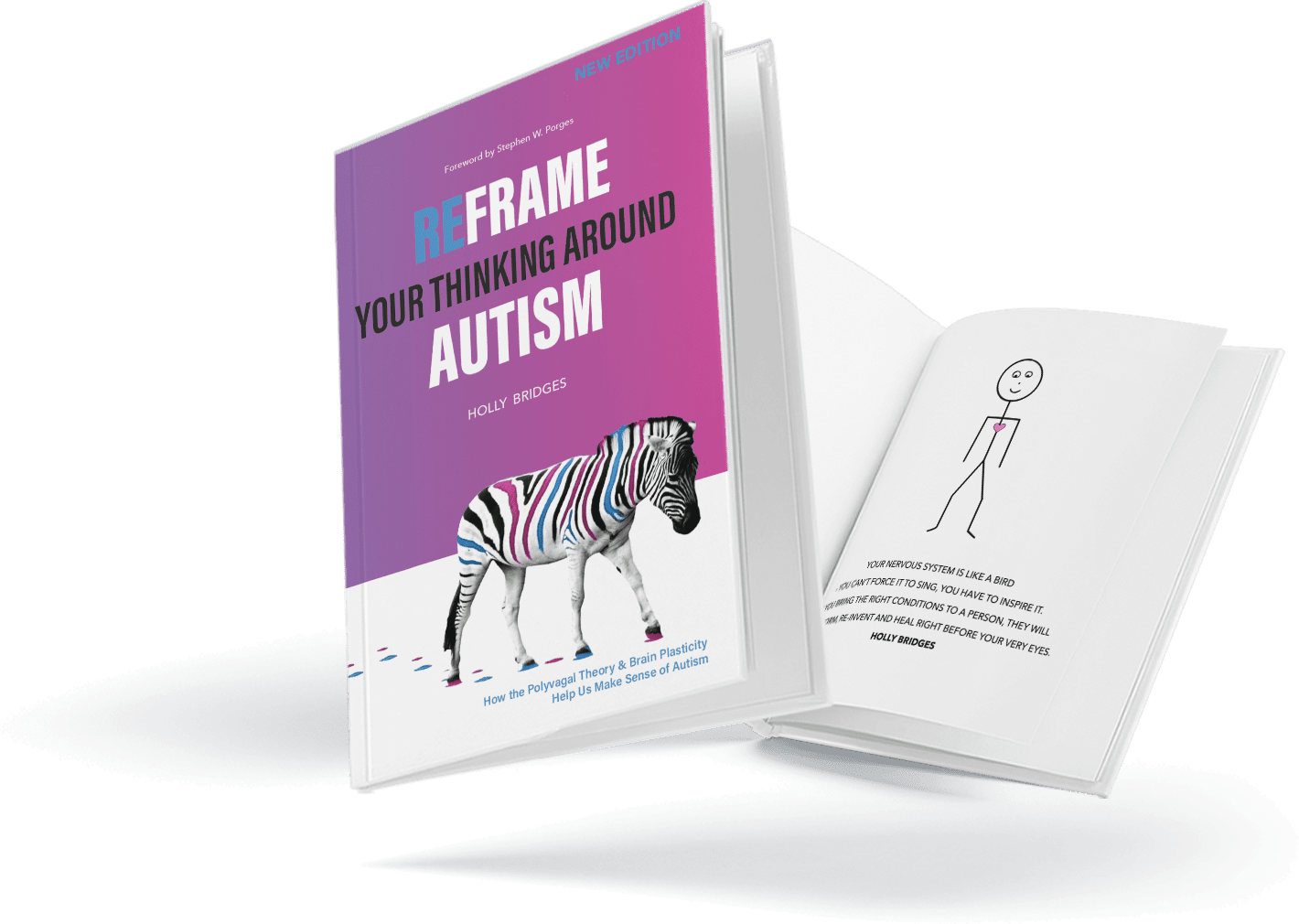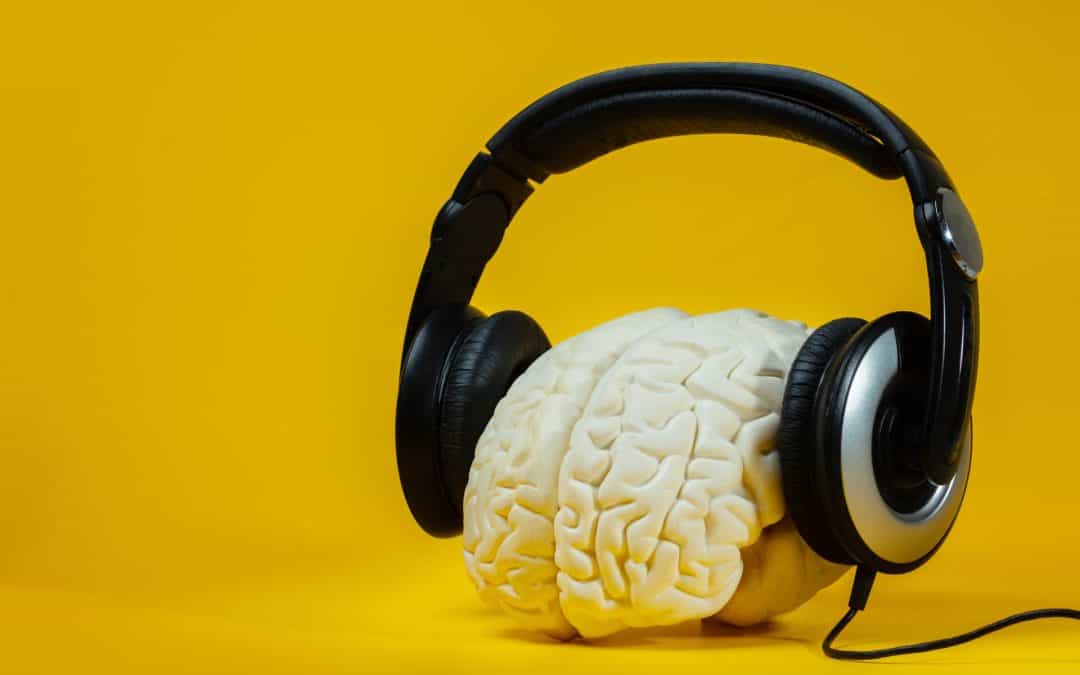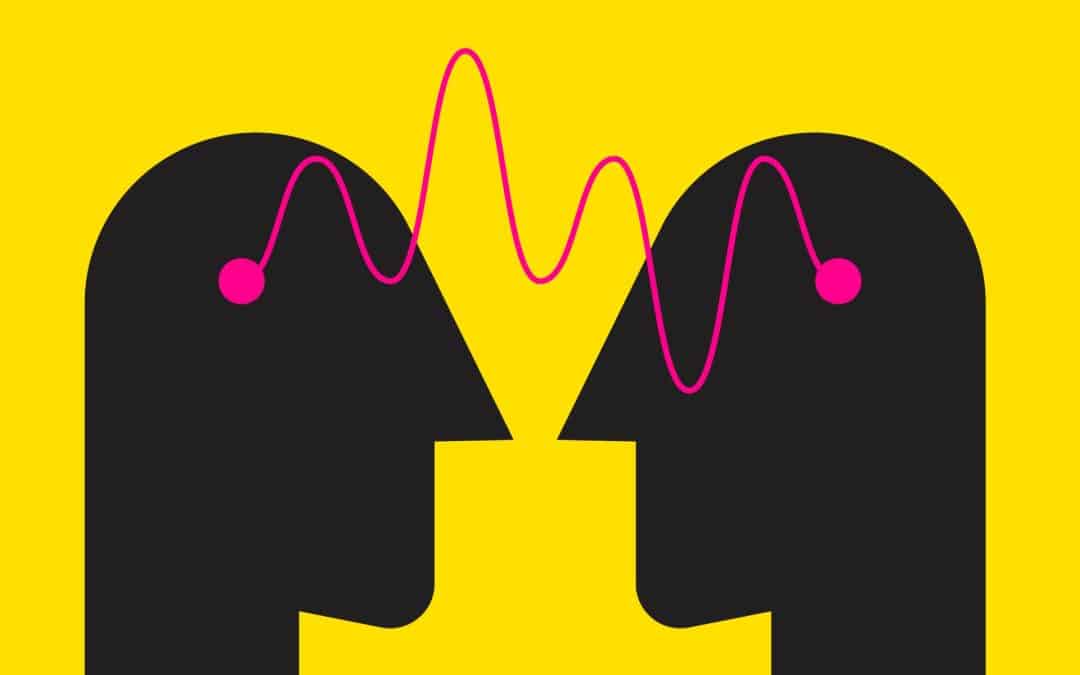In the 1940’s Austrian psychiatrist, Leo Kanner, put forward a theory that autism was not a form of schizophrenia but a separate illness noting in particular the superior abilities of the child.
Despite this distinction it wasn’t until the 1970’s and the unearthing of Hans Asperger and his less pervasive form of autism that the psychological milieu changed and Autism was seen to be of a broader spectrum. Autism became more widely appreciated and took on a less ‘psychiatric’ tone.
With this new outlook, came a desire to look further to the causes of autism. Historically autism came to be seen not as an environmental disturbance caused by frigid mothers, but as a biological disorder of the brain.
Since then autism has become prolific, both in the number of diagnoses and the considered origins of the disorder. In the 1960’s the prevalence of autism was estimated to be about one in two thousand, today it is closer to one in one hundred.
With this spike in diagnosis has come a huge amount of anecdotal evidence from families and clinicians to show the prevalence of physical ailments that are associated with autism. Although the psychological consensus still rests on autism being a genetic brain disorder, there is overwhelming anecdotal evidence that autism is as much a body issue as a brain.
Until the Polyvagal Theory we have had no way of properly understanding the relationship between the mind and the body. With this new understanding we can reframe autism and more clearly see our way in providing therapy for those with autism.





